26 Free Camera Technology transparent PNG images
Explore our collection of 26 free AI-generated images under the 'Camera Technology' tag. Discover a diverse array of stock photos, 3D objects, vectors, and illustrations related to camera technology. Enjoy high-resolution downloads and use the 'open in editor' feature to customize prompts and regenerate your desired image.

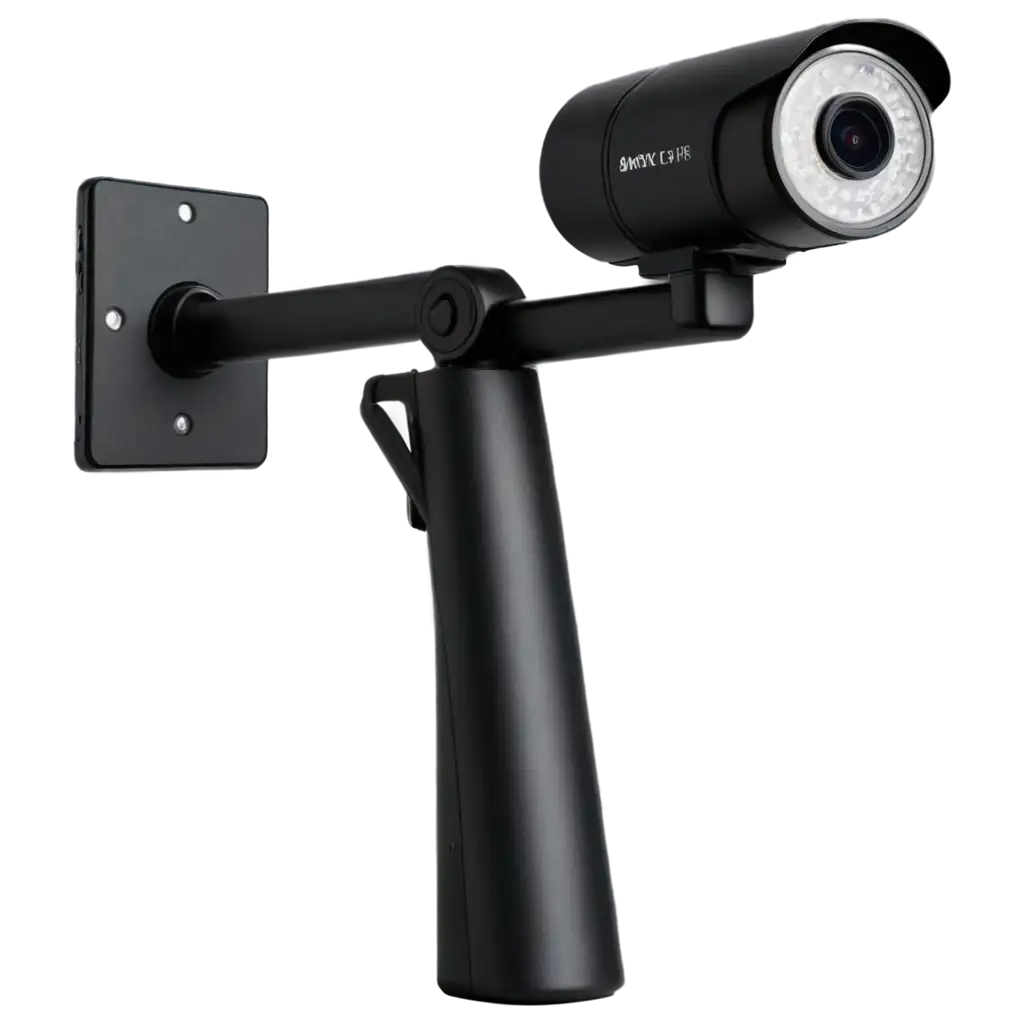
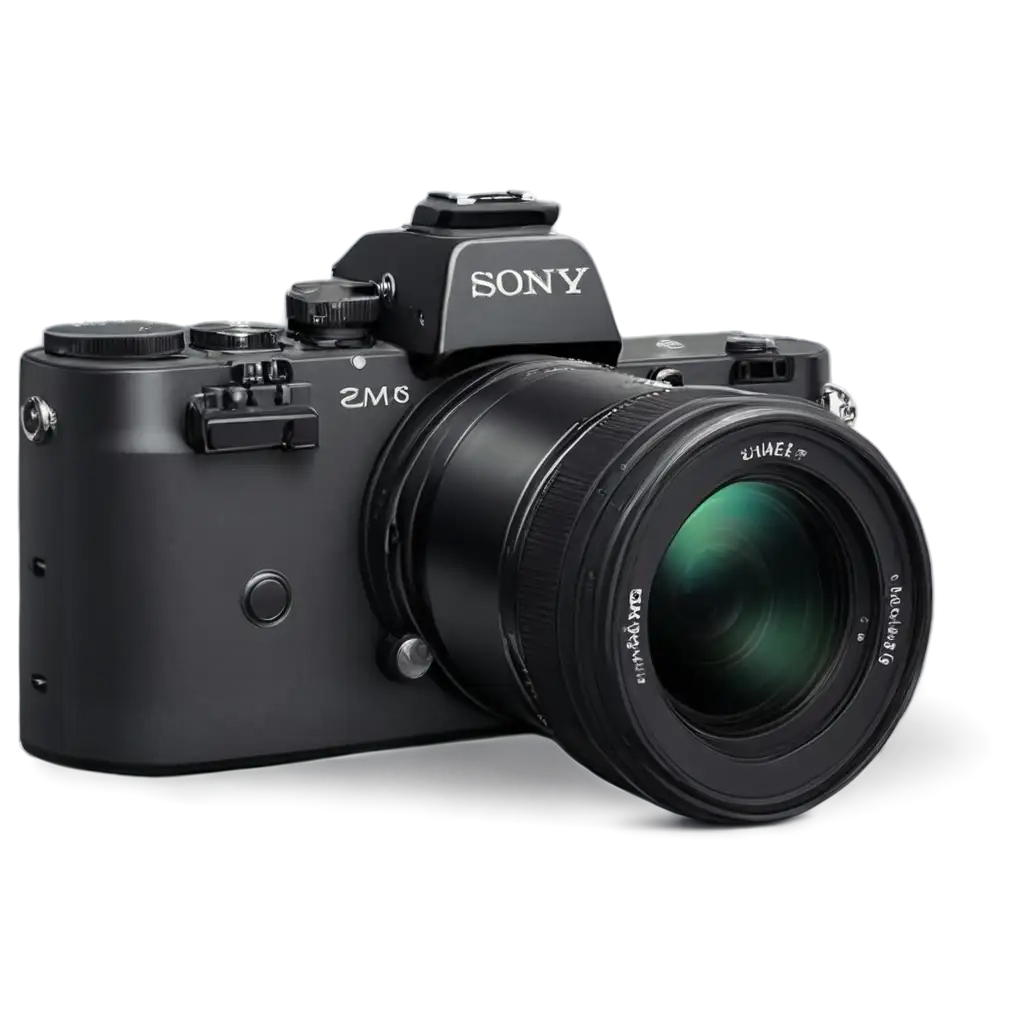


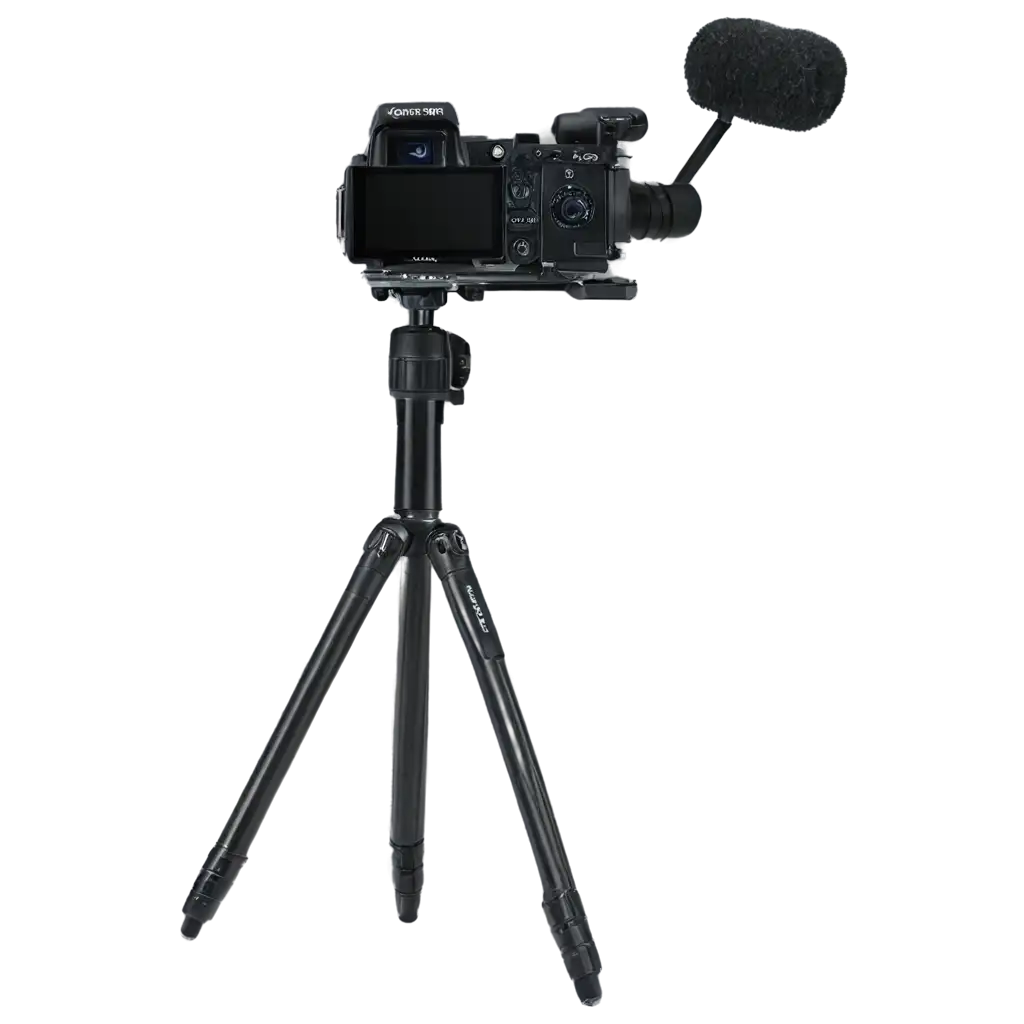
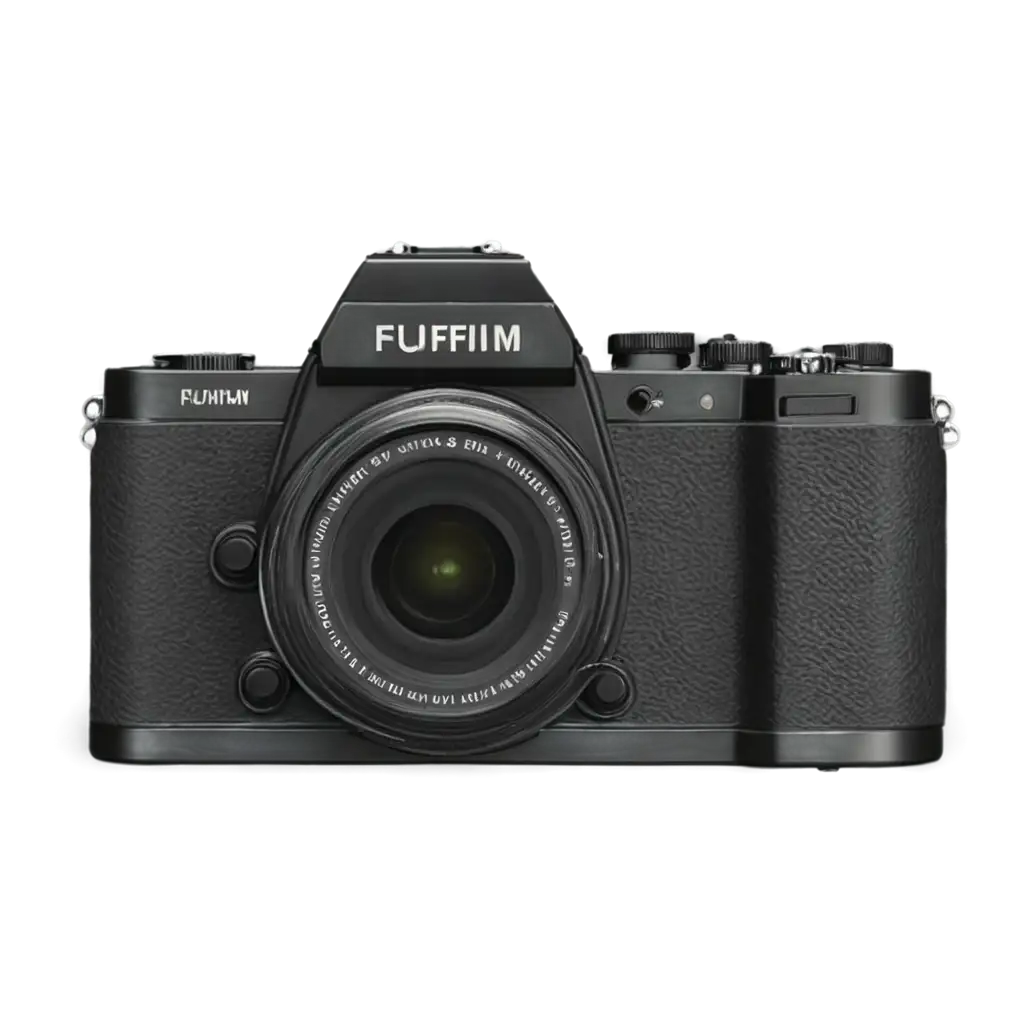
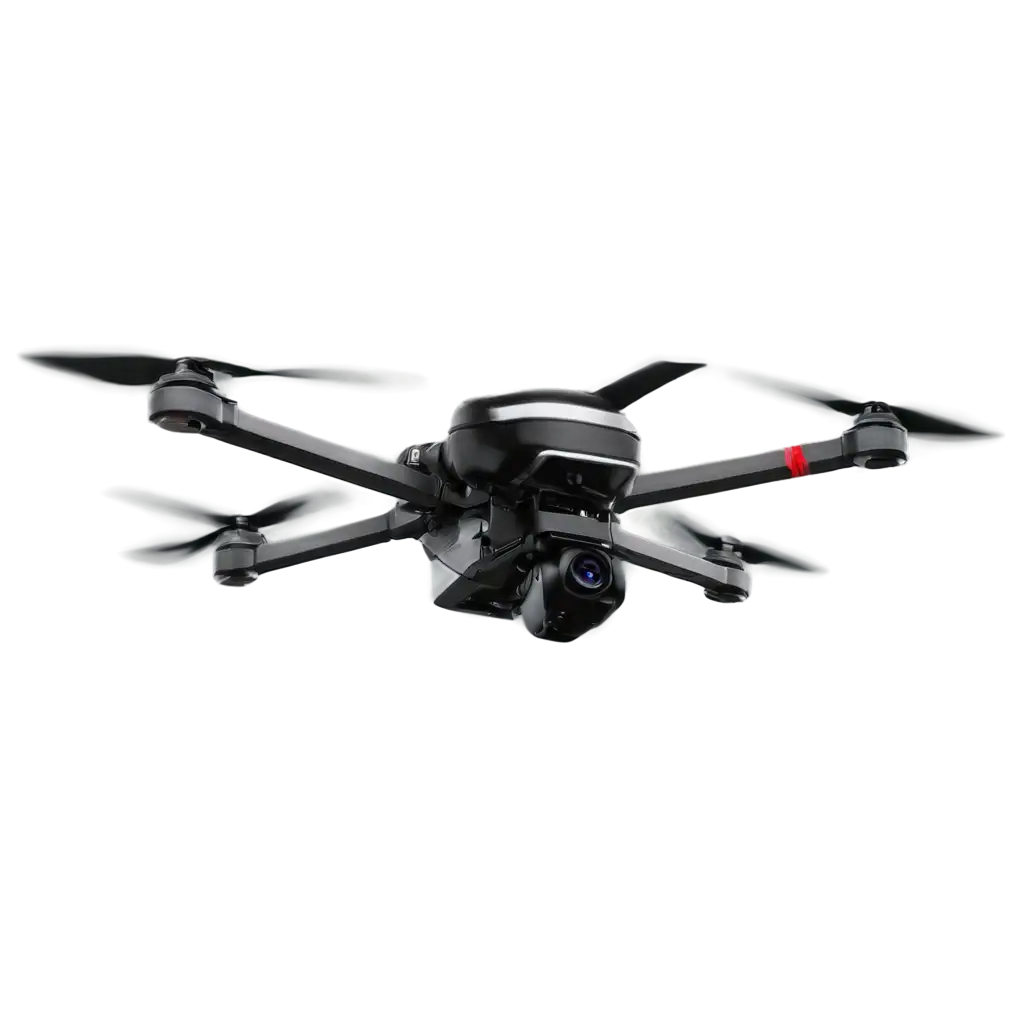
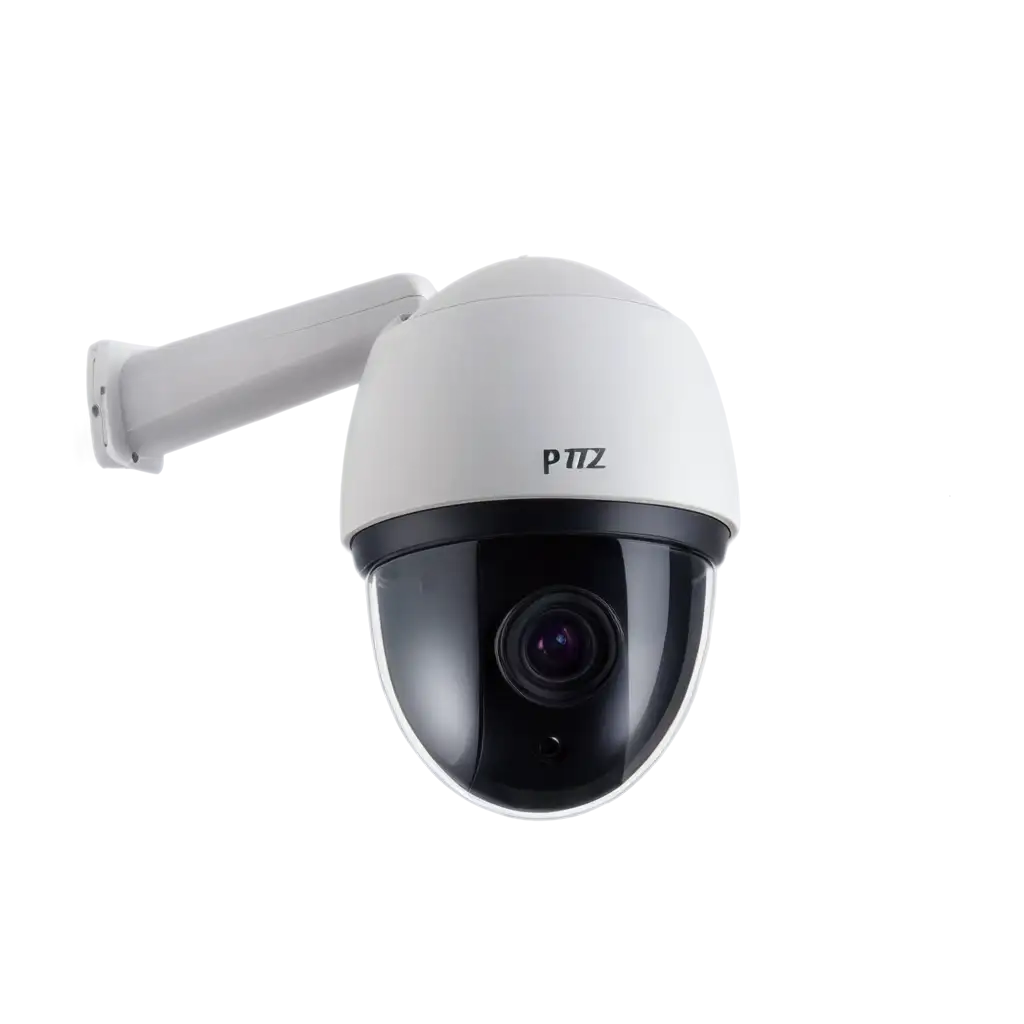
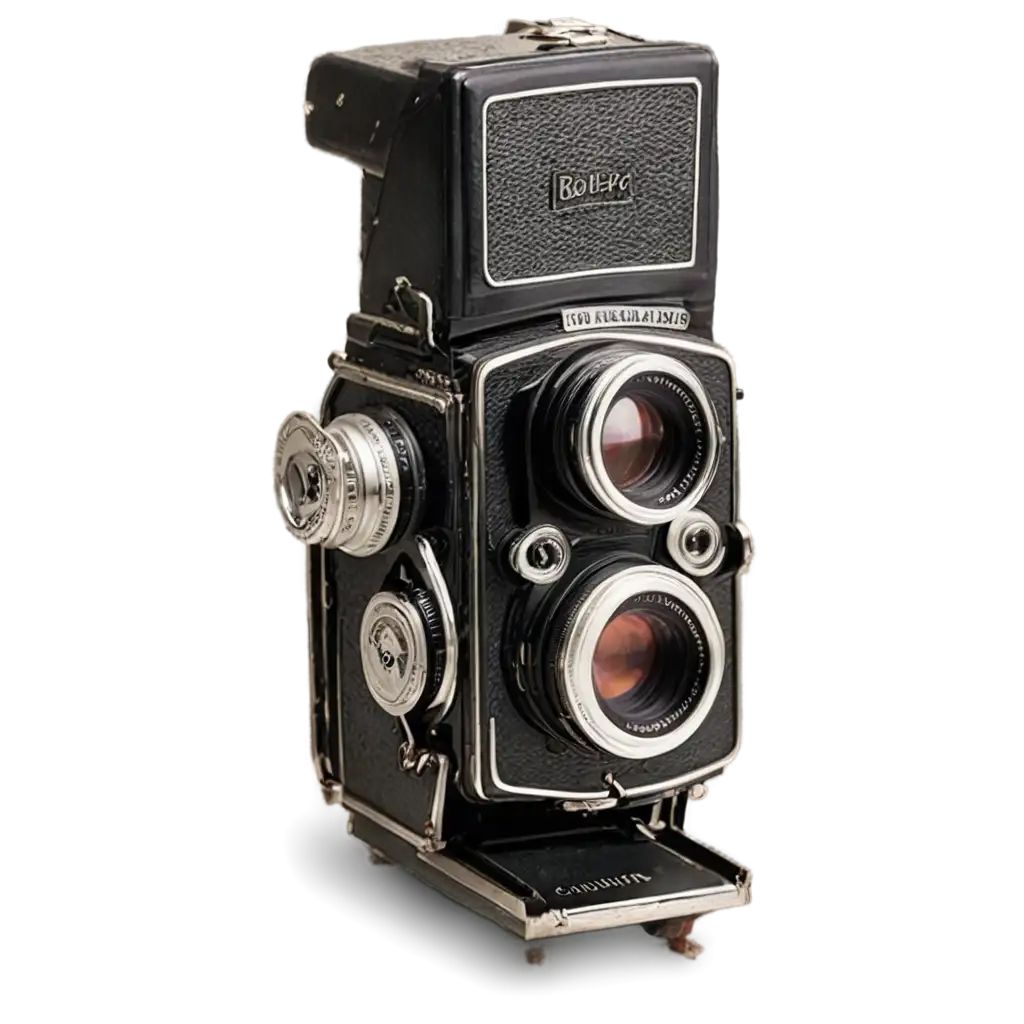

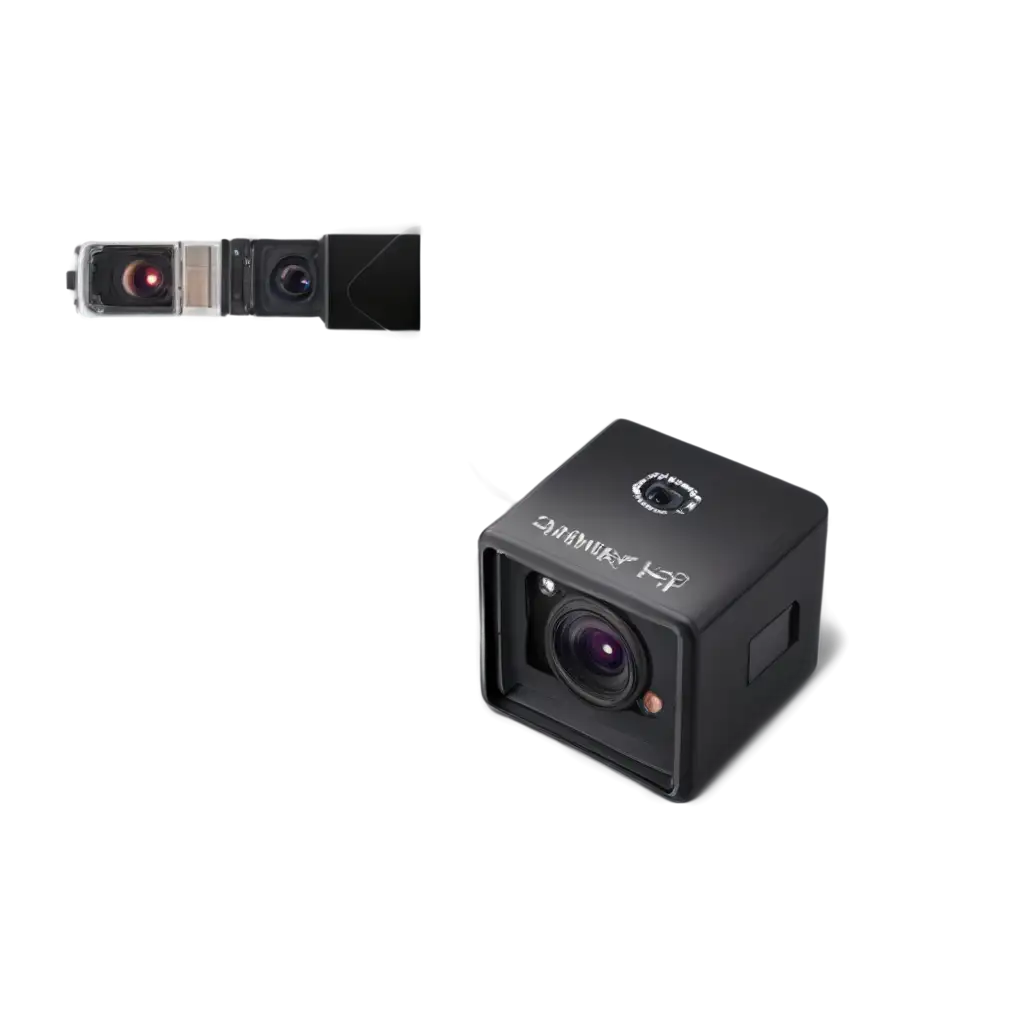
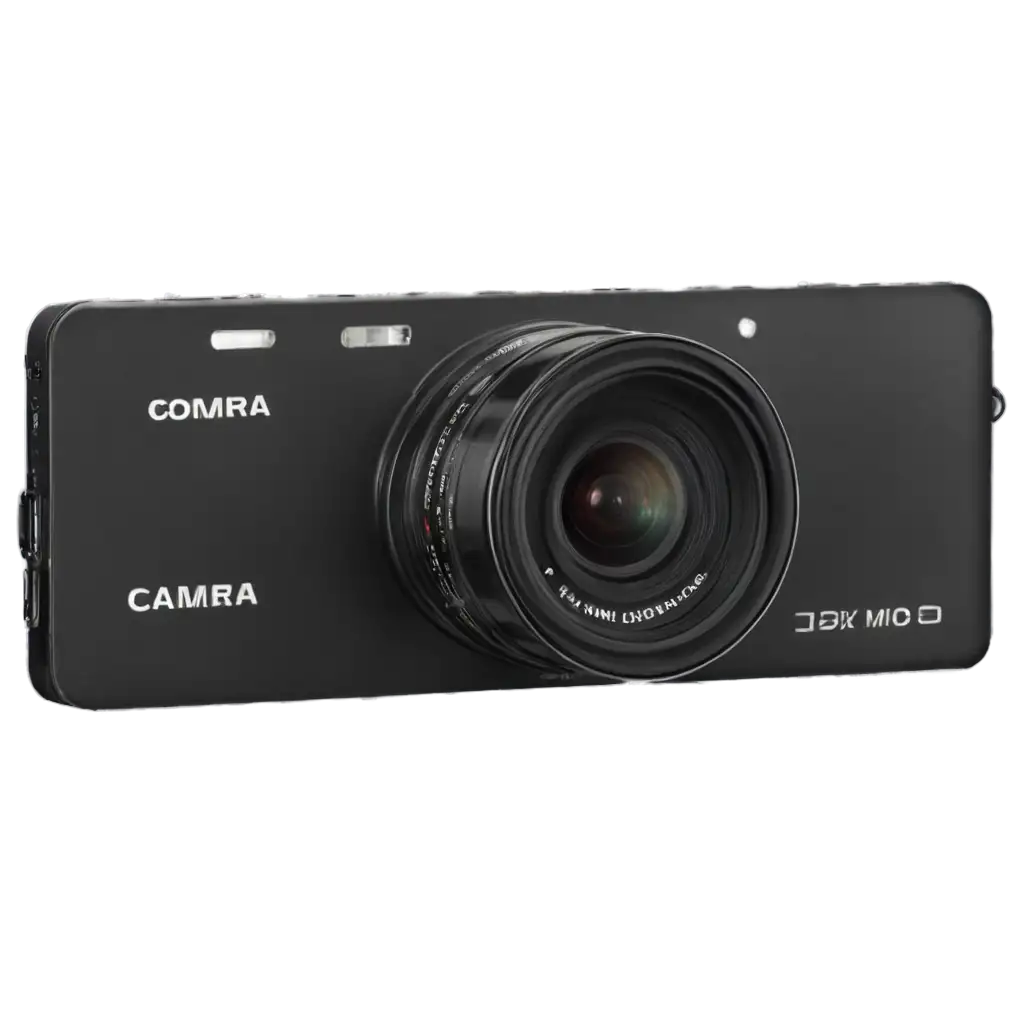
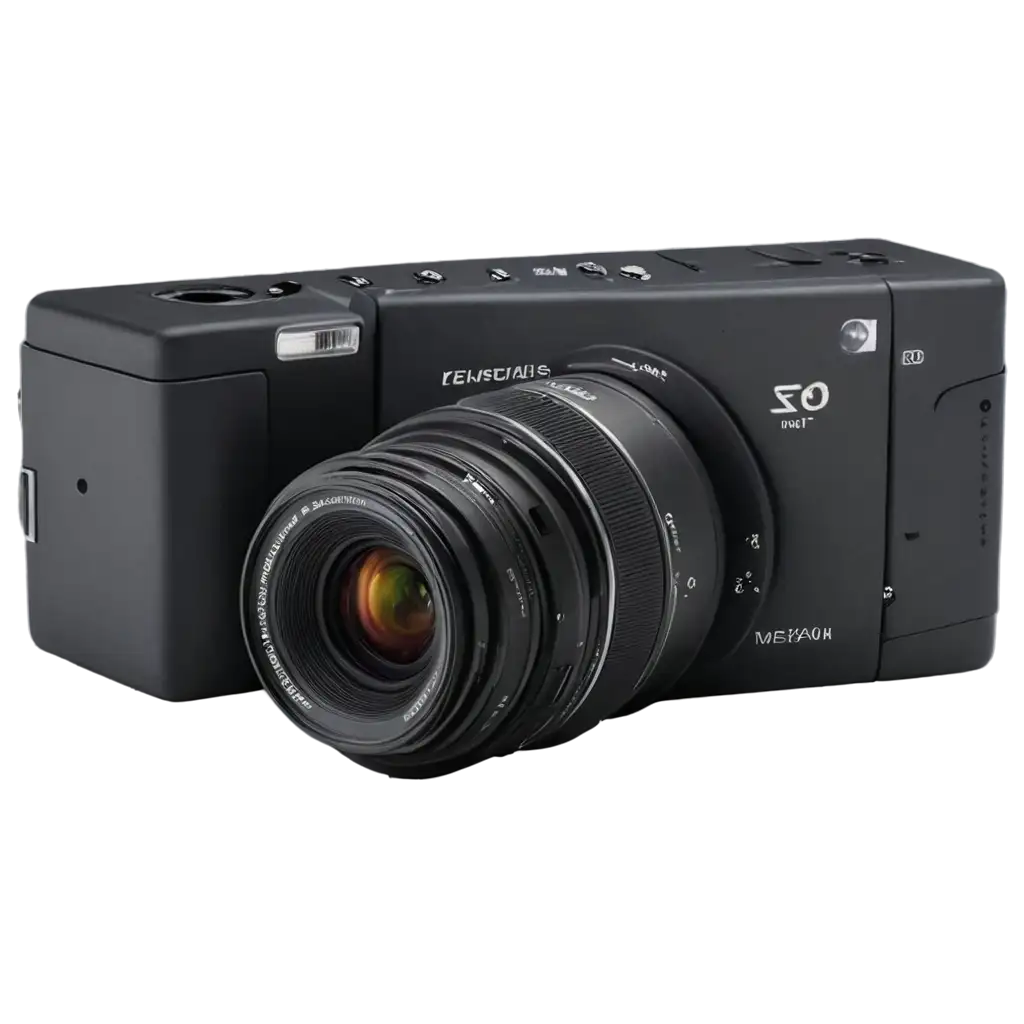
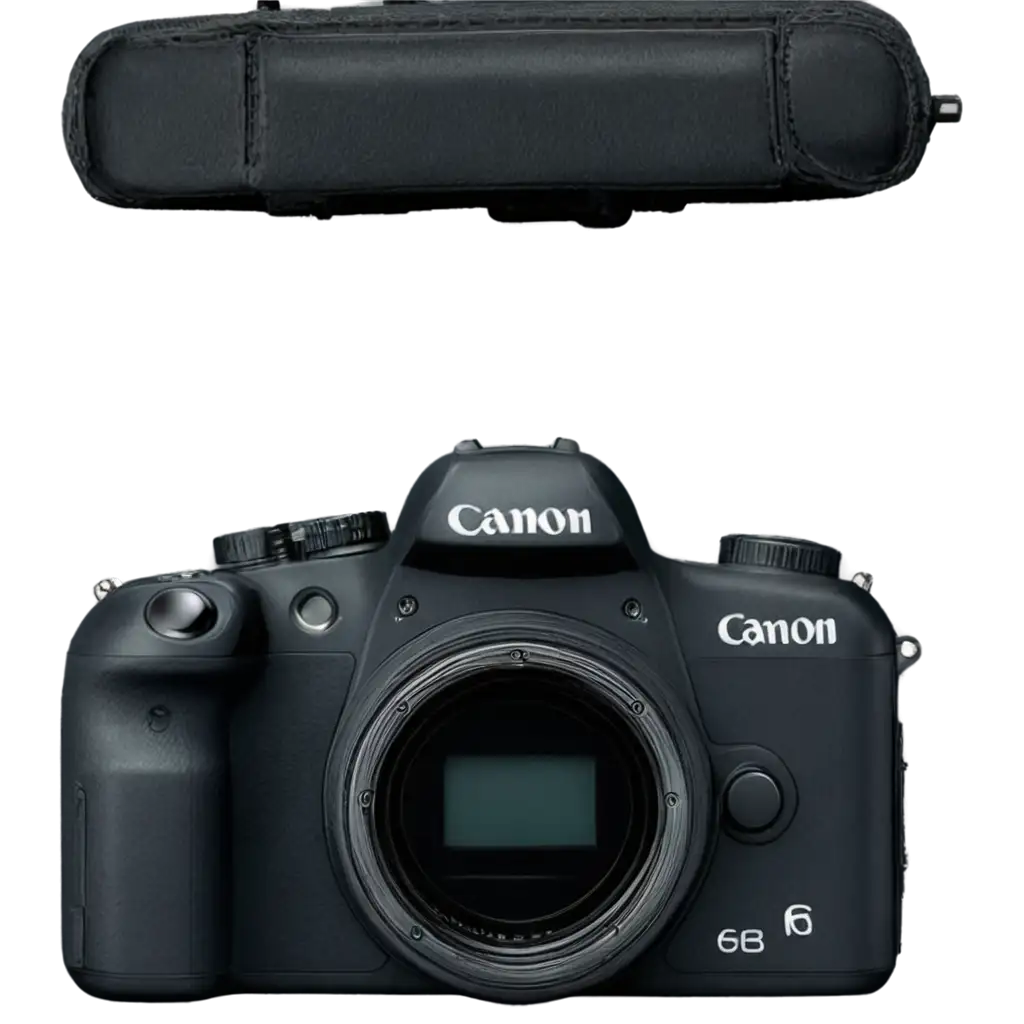
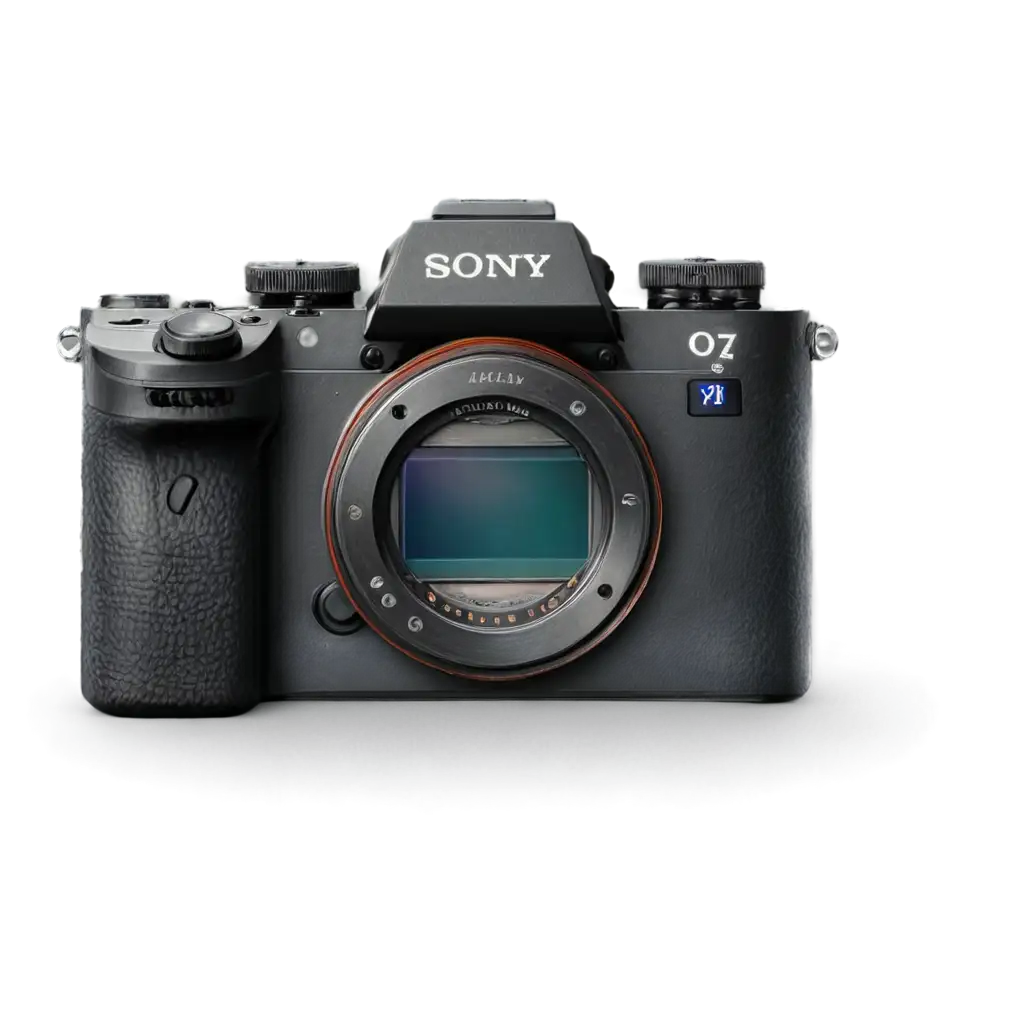
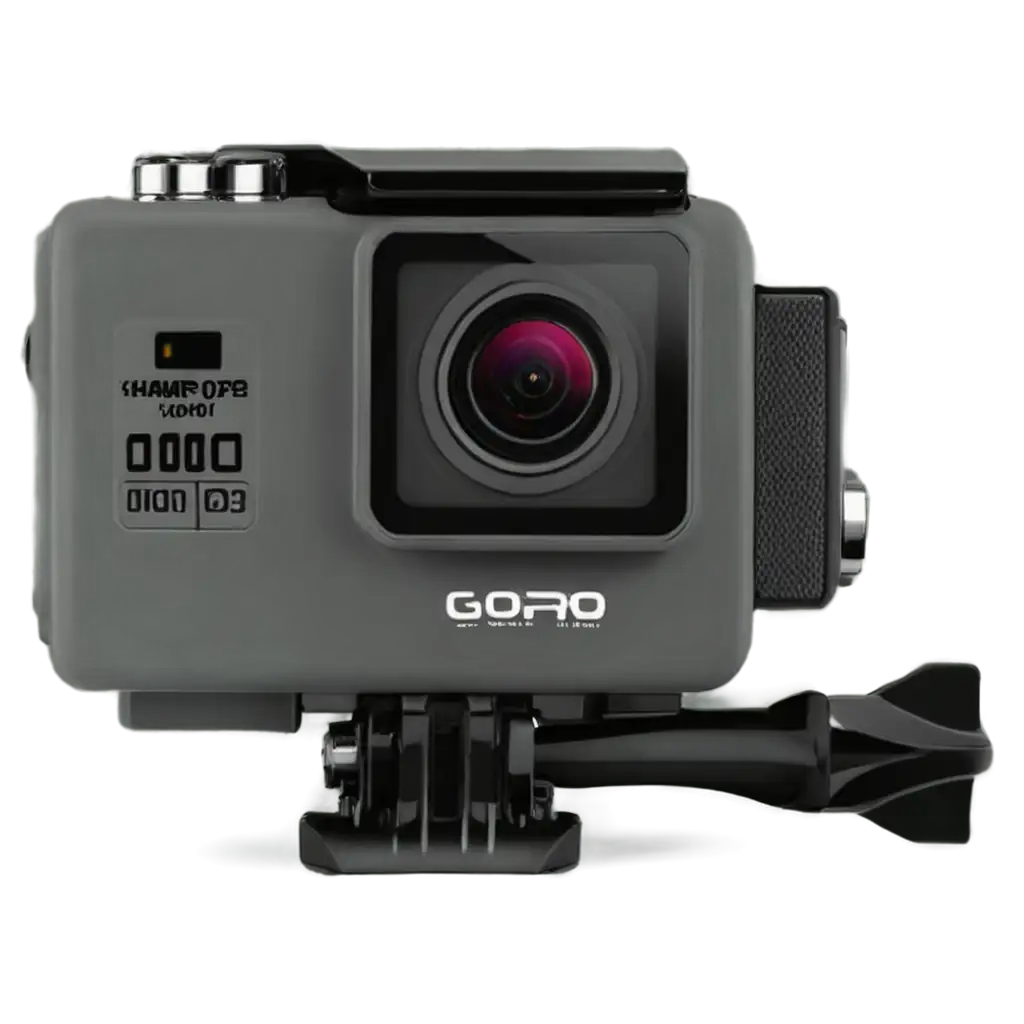
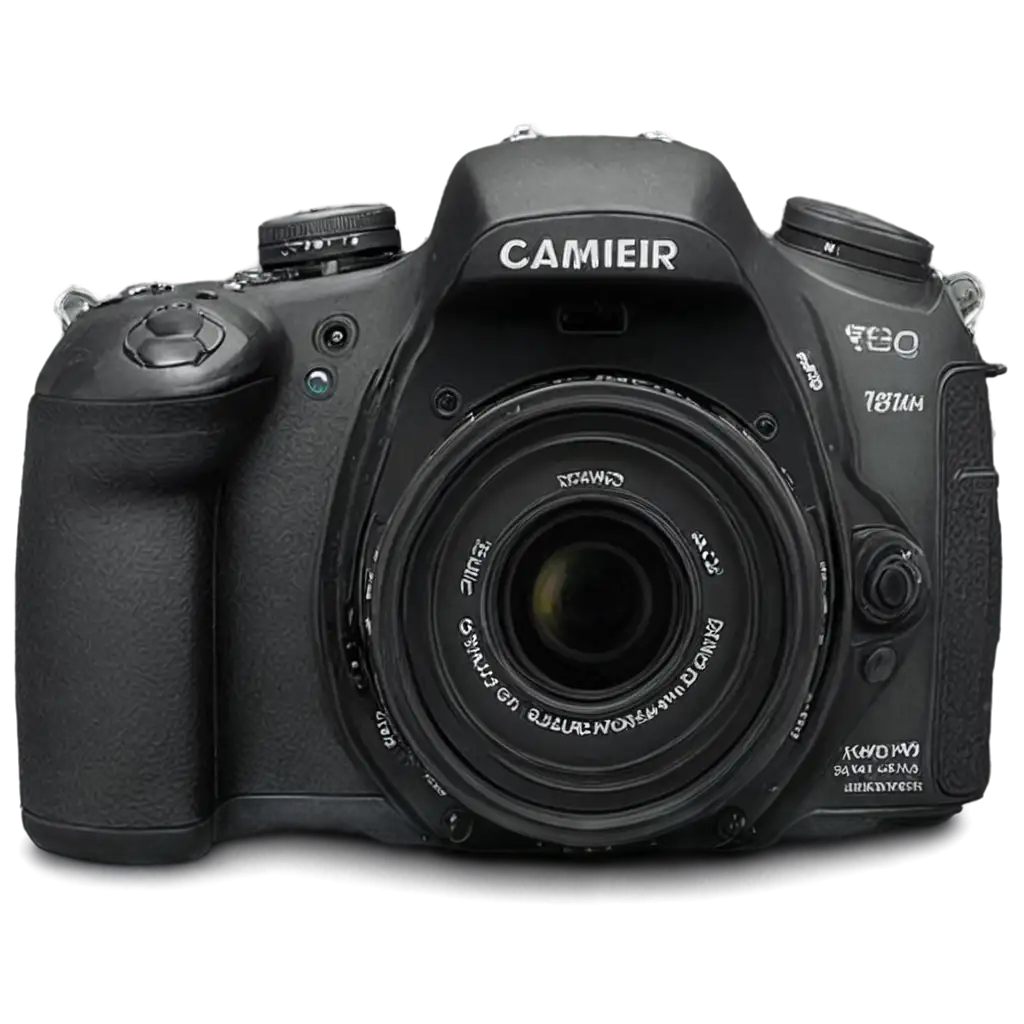
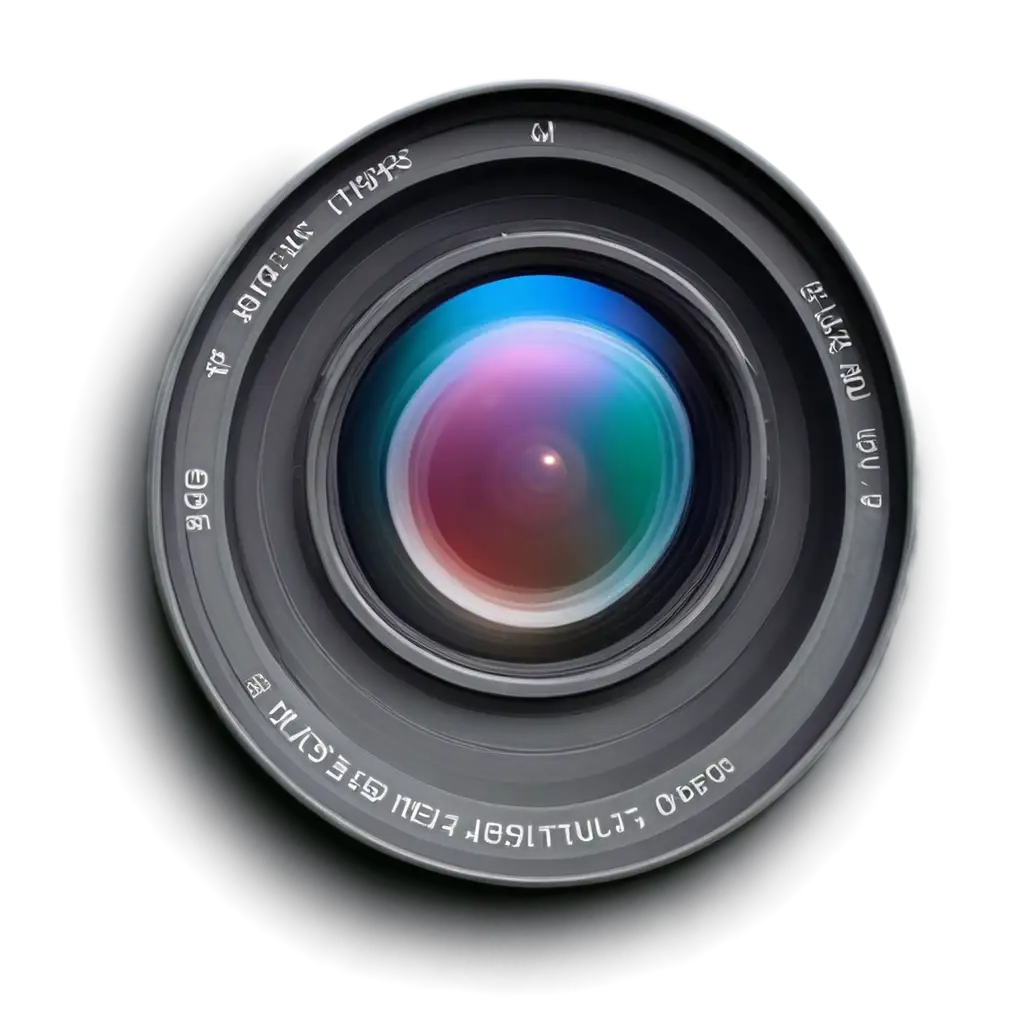
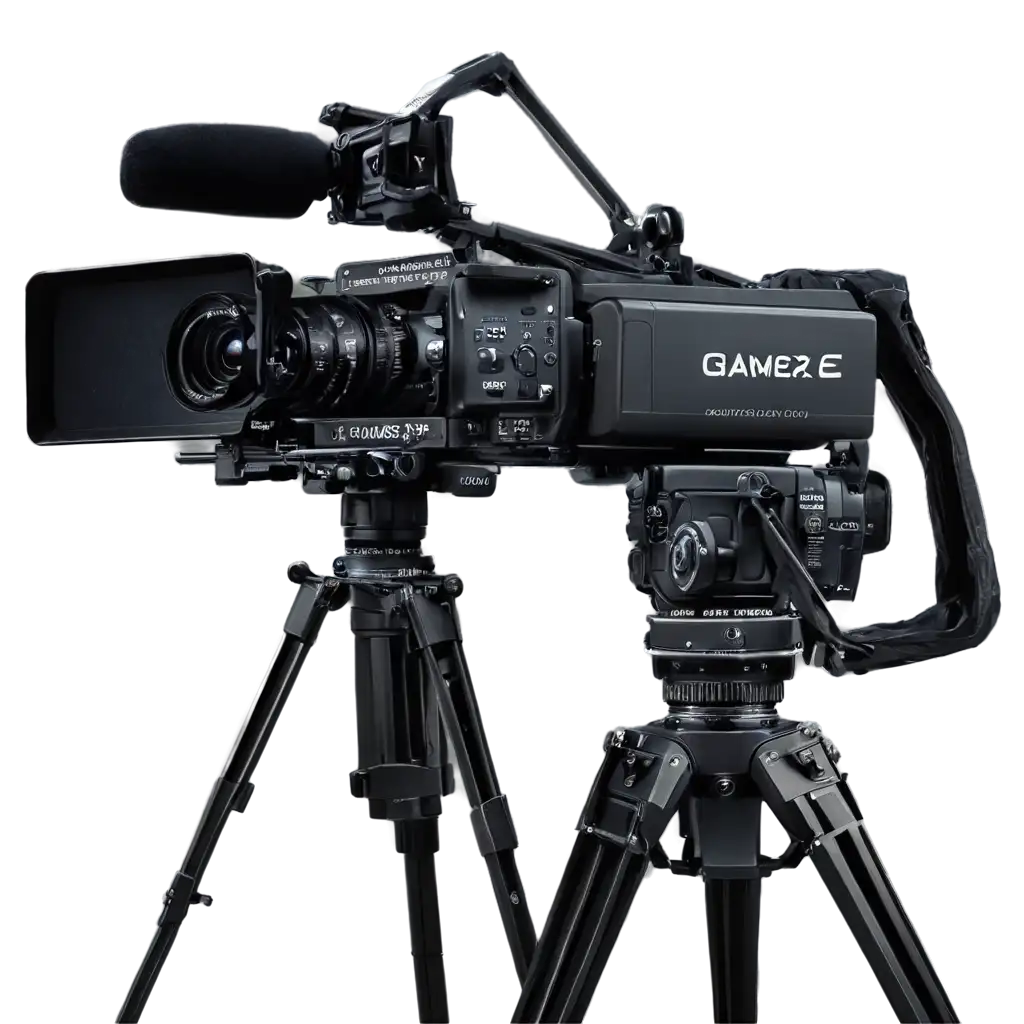

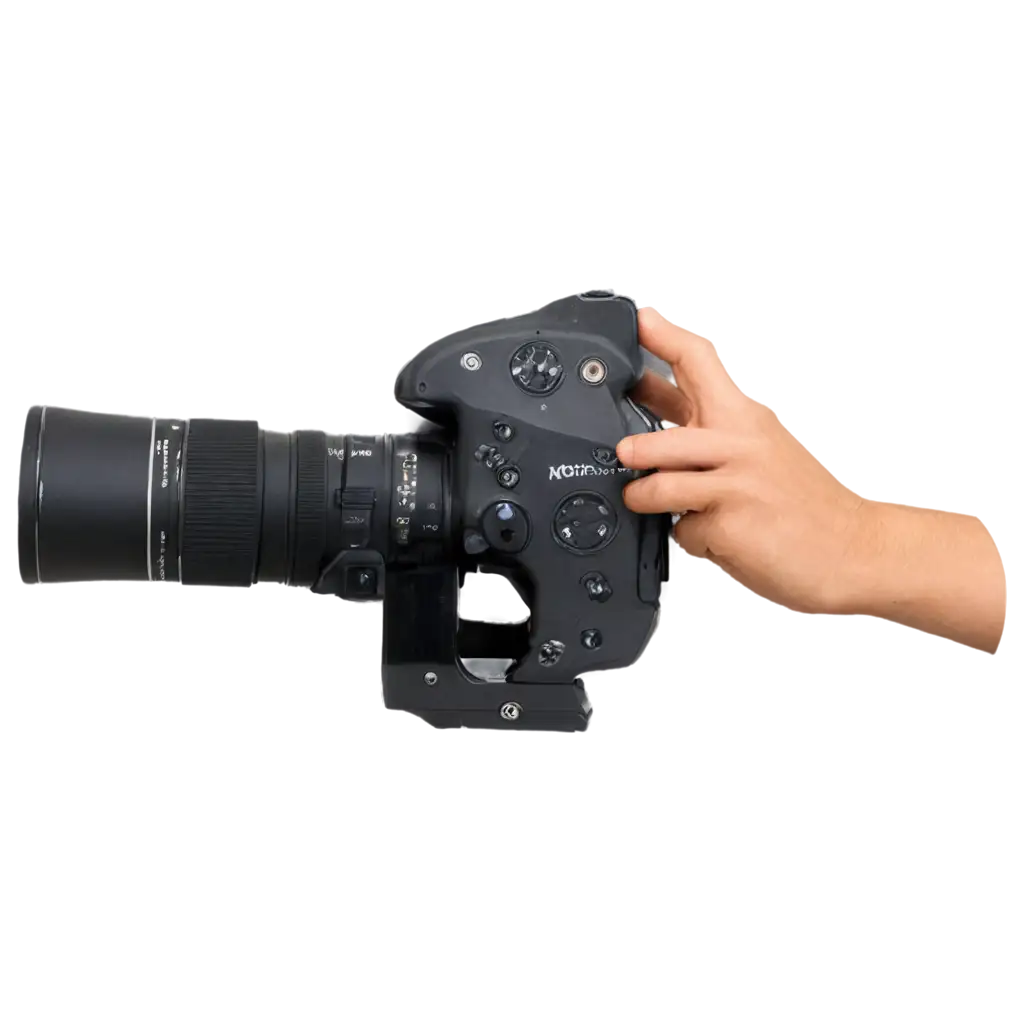
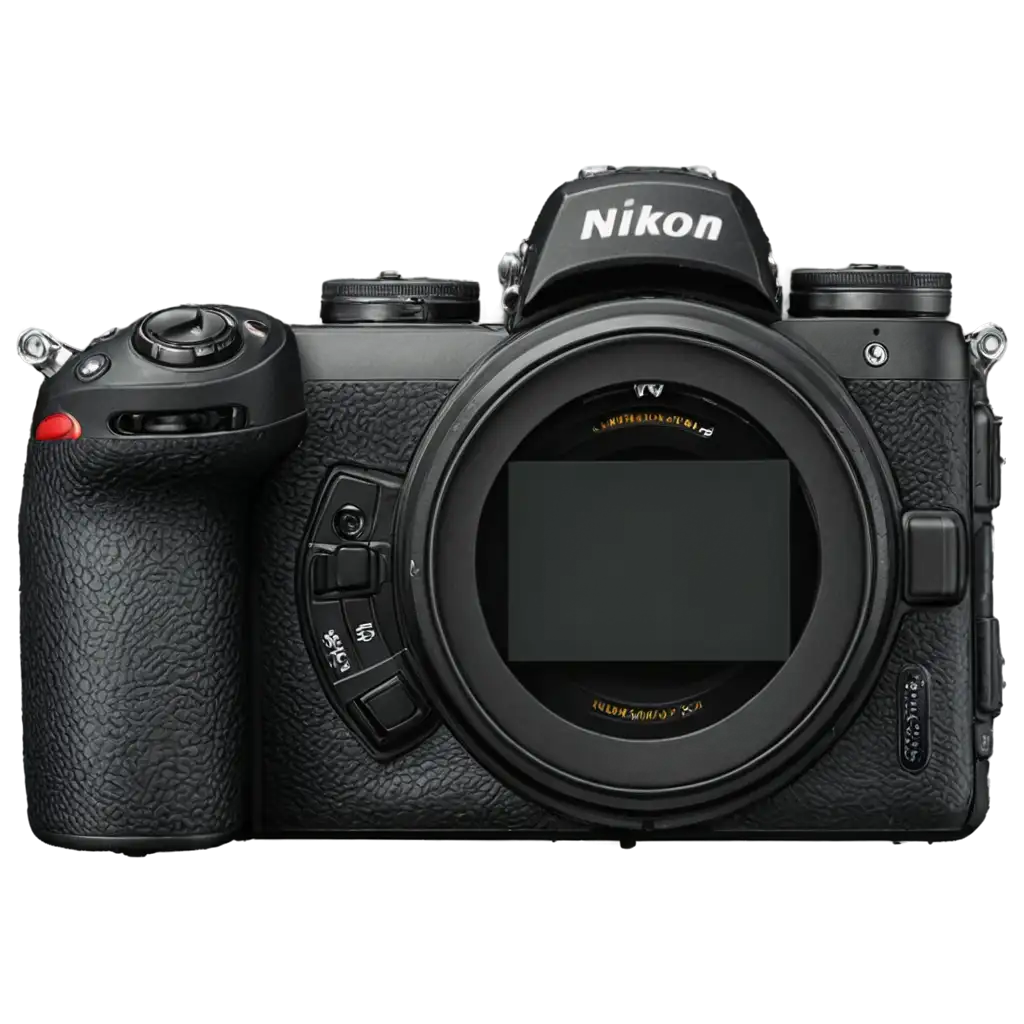
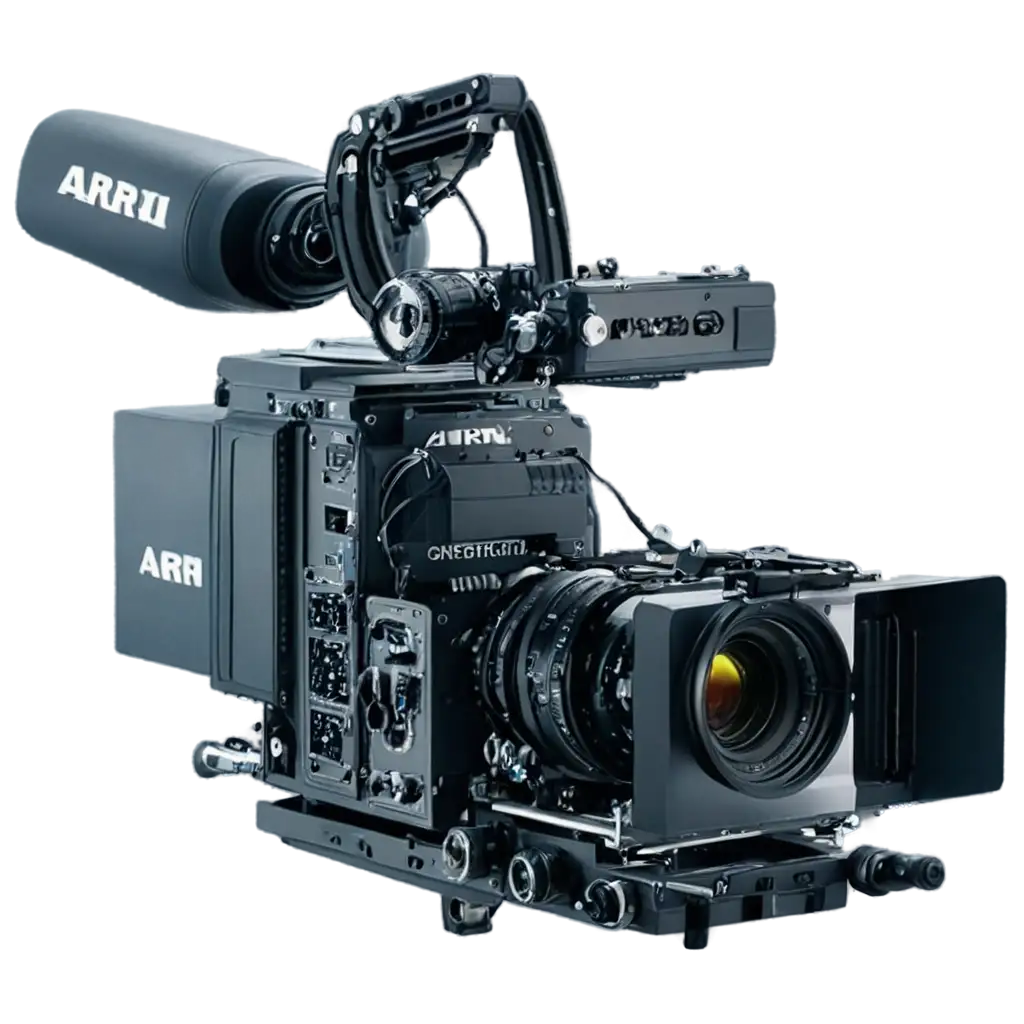
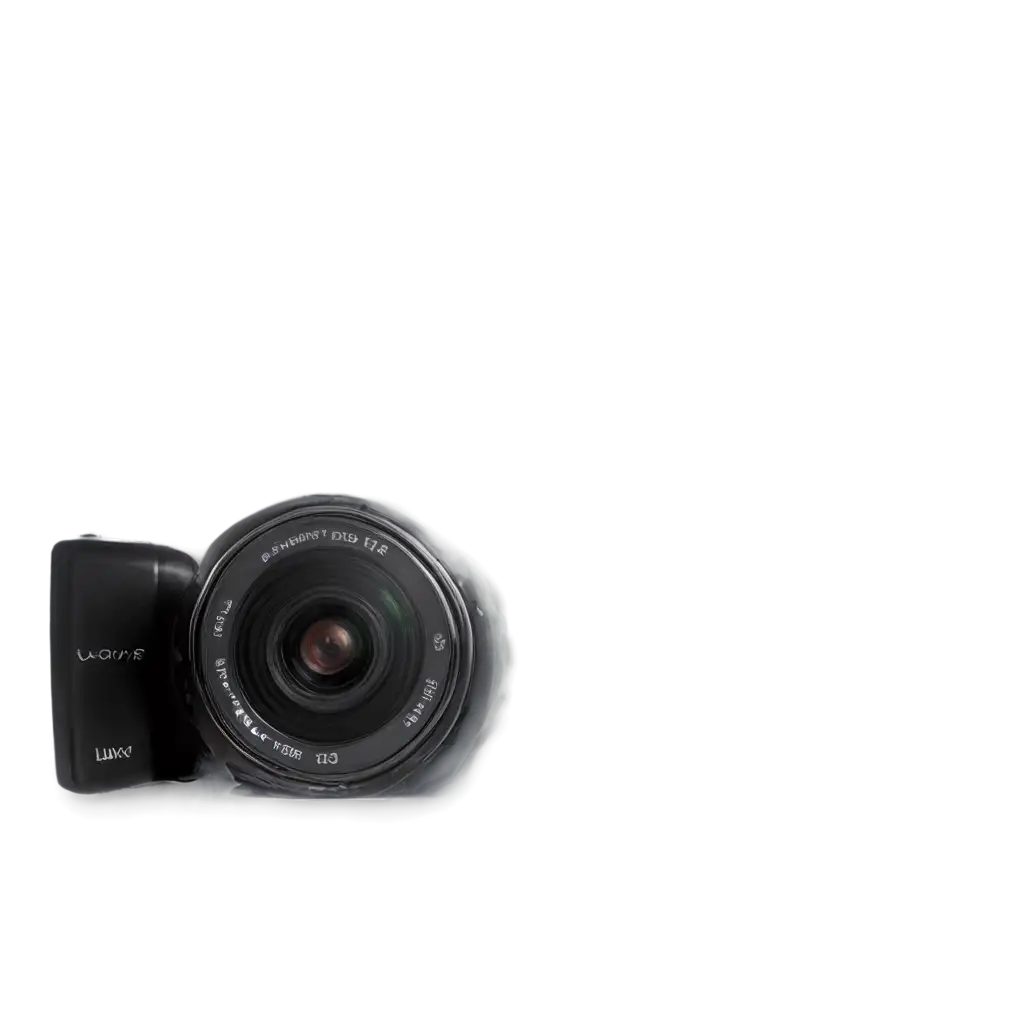
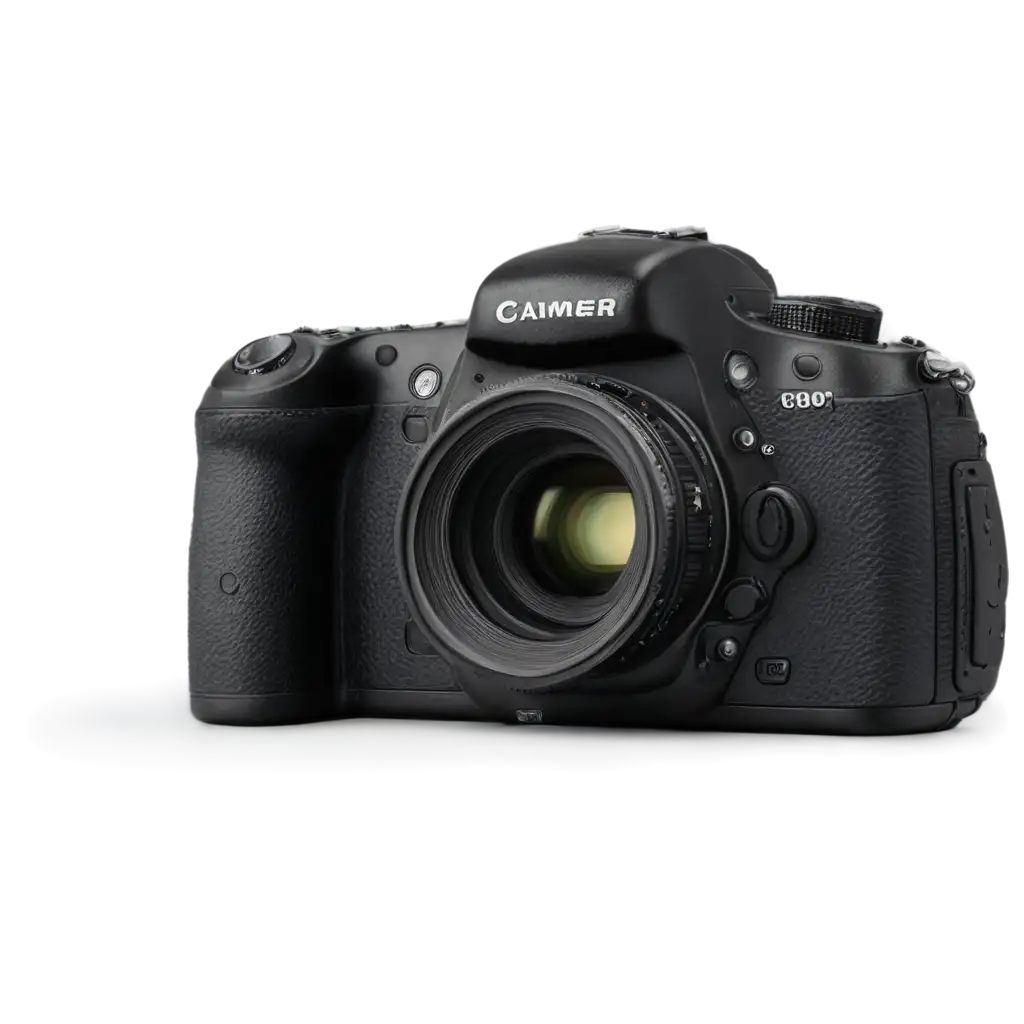
Related Tags
Camera technology refers to the various devices, components, and techniques used to capture, store, and reproduce visual images. The history of camera technology can be traced back to the camera obscura in the 16th century, which laid the foundation for the development of modern photographic cameras. Over time, advancements in optics, electronics, and digital processing have revolutionized the way we capture and interact with images. From film-based cameras to the ubiquity of digital and smartphone cameras, the evolution of camera technology has significantly impacted various industries, including photography, videography, surveillance, and scientific imaging.
Definition and Background of Camera Technology
The core components of a camera include the lens, image sensor, shutter, and aperture. The lens focuses light onto the image sensor, which converts the optical image into digital data. The shutter controls the duration of light exposure, while the aperture regulates the amount of light entering the camera. Other important features include autofocus systems, image stabilization, and advanced image processing algorithms that enhance image quality and enable features like HDR, low-light performance, and computational photography. Advancements in sensor technology, from CCD to CMOS, have also improved the resolution, sensitivity, and dynamic range of modern cameras.
Key Components and Characteristics of Camera Technology
The camera industry is constantly evolving, with new technologies and trends emerging to meet the growing demands of photographers, videographers, and consumers. Some of the notable developments include the rise of mirrorless cameras, which offer improved portability and advanced features compared to traditional DSLR models. Computational photography techniques, such as computational bokeh, super-resolution, and multi-frame processing, are also gaining traction, allowing for enhanced image quality and creative effects. Additionally, the integration of AI and machine learning in camera systems is enabling features like intelligent autofocus, object recognition, and automated image optimization.
Emerging Trends and Technologies in Camera Development
Camera technology has a wide range of applications beyond photography and videography. In the medical field, endoscopic cameras are used for minimally invasive procedures, while security and surveillance systems rely on advanced camera networks to monitor public spaces and private facilities. Scientific research also heavily utilizes specialized camera equipment, such as high-speed cameras for capturing rapid movements, thermal imaging cameras for detecting heat signatures, and microscopic cameras for analyzing microscopic samples. Additionally, camera technology is integral to the development of autonomous vehicles, enabling features like object detection, lane tracking, and 3D mapping.
Applications of Camera Technology Across Industries